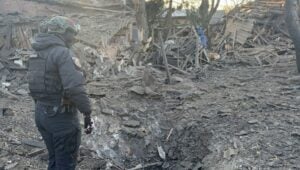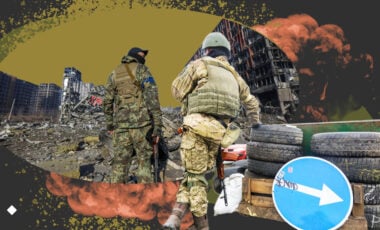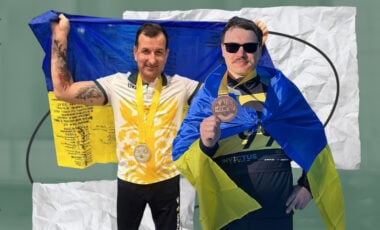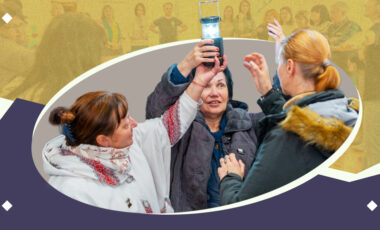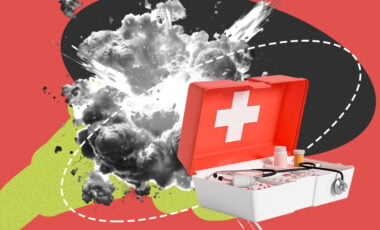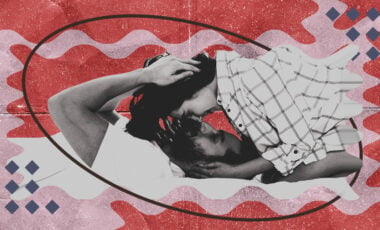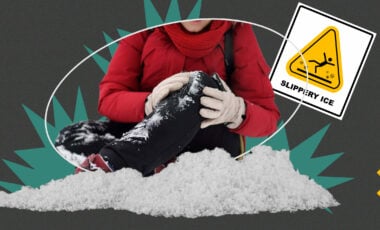Ukrainian inventors develop dressings for wounds and burns that save lives at the front line
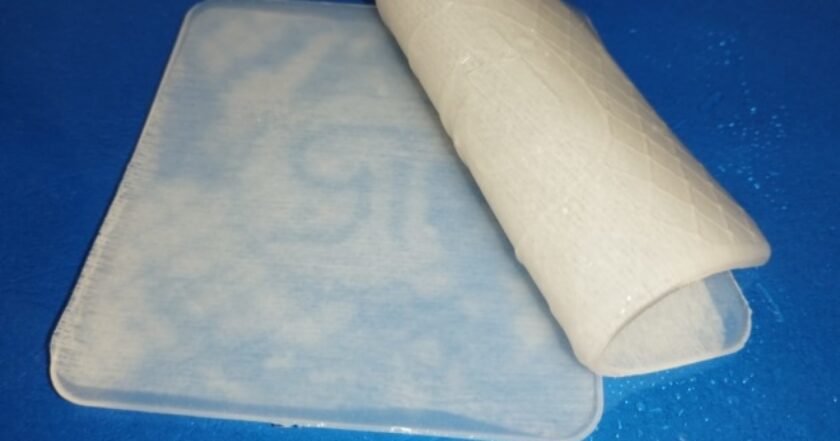
Ukrainian inventors have developed innovative wound and burn dressings, disinfectant solutions, and water decontamination agents that are currently proving effective on the frontlines.
Ukrinform reports about the invention, referencing one of the developers, Oleksandr Dlihach.
What's the problem?
According to the developers, since 2014, these innovative wound and burn dressings, disinfectant solutions, and water decontamination agents have been actively used on the frontlines. They have gained popularity and respect among military medics and volunteers for their effective performance.
"Typically, the healing process of a wound's surface can slow down due to the presence of exudate, film formations, crusts, and scabs made up of dead tissue and cellular debris, and/or biofilms. These coverings are difficult to remove and create favorable conditions for the growth of pathogenic microflora," Dlihach explained.
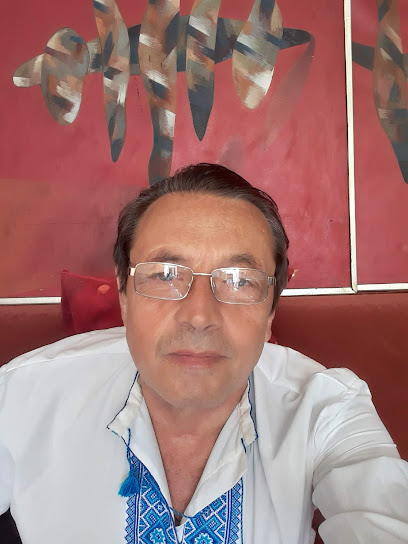
What's the solution?
A group of Ukrainian inventors has created these innovative wound and burn dressings that are already helping save the lives of the injured on the frontline. They've also developed disinfectant solutions and water decontamination agents.
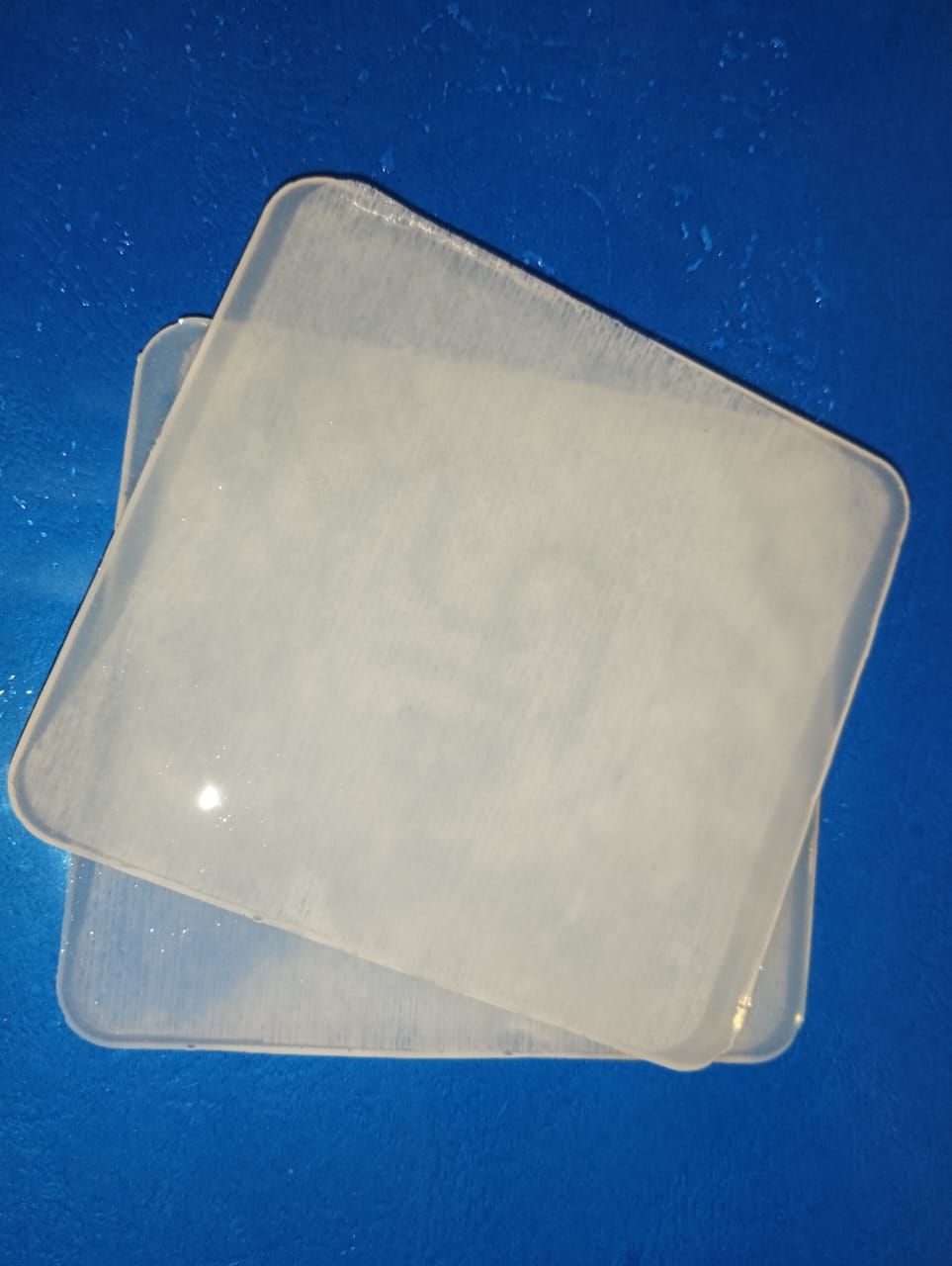
How does it work?
"There will be a medical presentation of these wound and burn dressings, as well as disinfectant solutions for local medics and volunteers, at the military hospital in Kamianske [Dnipropetrovsk region] on Thursday," said Oleksandr Dlihach.
According to the developer, the antibacterial components of these products can be successfully used to prevent wounds from being infected by pathogenic microorganisms.
Moreover, using these dressings helps create a plasticized biocidal gas-permeable coating on the wound surface, providing long-term protection to the treated area (up to 2 days). As demonstrated in practice, this coating can be easily washed off with regular water.
The products in this line were initially developed in the 2000s by a team led by Leonid Drapei and Oleksandr Dlihach, who have been involved in invention across several industries for many years. Currently, the group continues to create and research new fifth-generation disinfectant products.
The substances in these dressings thoroughly clean the wound surface, moisturize it, and inhibit pathogenic bacterial flora, stimulating rapid healing, Drapei explained.
This product is also applied in agriculture, the food industry, and sanitation and is manufactured, among other places, in Kyiv.
These dressings can be used for cleansing, moisturizing, and decontaminating pus-necrotic wounds of various origins, including:
- Wounds that do not heal, such as trophic ulcers, bedsores, diabetic foot syndrome, and others.
- Post-traumatic wounds with foreign and necrotic tissues.
- Thermal and chemical burns, especially in cases with a large amount of necrotic tissue and scabs.
- Surfaces around stomas, catheters, or probes.
- Postoperative wounds (including infected), psoriatic skin lesions.
- Injuries after insect bites (including allergic reactions).
Earlier, Runryka reported that scientists from the University of Waterloo developed a new hydrogel-based dressing that is easier to remove during changes. Its innovation lies in being painlessly detached from the patient's skin when cooled.
Barcelona researchers created a prototype of an artificial womb for premature babies born at less than six months of pregnancy.
Rubryka also reported that American researchers from the University of Pennsylvania produced insulin based on lettuce. It contains three peptides found naturally in insulin and can be taken orally without injections.




